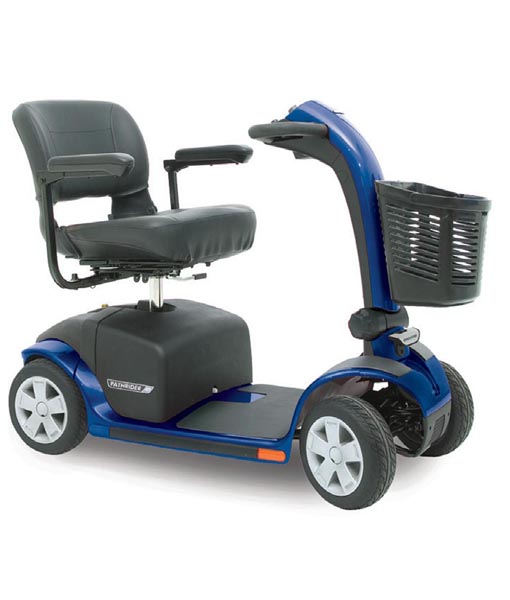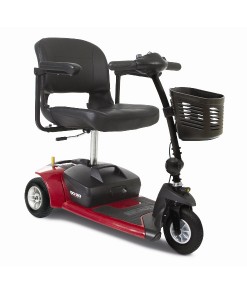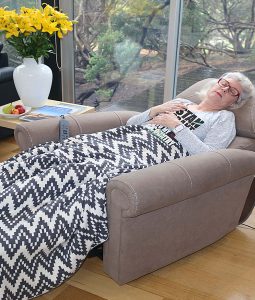A disability is defined as a condition that limits a person’s mobility, senses, or range of activities. There is a number of conditions that can render a person unable to move whether it’s the range of motion in their arms or legs. When it comes to mobility impairment, a person can choose various mobility solutions. Wheelchairs, power chairs, and walking aids are popular choices, however for those with upper arm mobility despite their lower extremity disability mobility scooters are ideal too.
If you have suffered an injury that has impaired movement in your lower body, a mobility scooter is perfect, as you will need upper arm and shoulder to move the tiller (unlike a power chair that can be operated with a joystick). As a much cheaper alternative to a power chair, for those with a disability mobility scooters also present them with a cooler looking option to that of a wheelchair or power chair.
There are varieties of options to choose from based on the person at hand. For those looking at using the mobility scooters indoors, three-wheel mobility scooters are perfect especially for those tight corners. However, for those looking to use it outdoors, four-wheel mobility scooters are the best! If you are looking for heavy-duty mobility scooter options, there are four-wheeled bariatric mobility scooters too.
At Independent Living Specialists, we have a great range of mobility scooters from various brands such as Pride Mobility, Drive Mobility, Sunrise Medical, Invacare, and Shoprider! If you are looking for something to help with your disability mobility scooters have features and specifications that can offer you more comfort, mobility and independence.
Maximum Weight Capacity
To ensure that you are indeed safe and able to utilise the full extent of your mobility scooter, you need to make sure that the mobility scooter can take your weight. You can determine this by checking the maximum weight capacity of the maximum safe working limit. If you are planning to use the mobility scooter outdoors, the likes of ramps or wheelchair access entrances will present an incline. However, using your disability mobility scooters at an incline will affect the Max SWL. Therefore, always make sure that the incline can handle the weight. We recommend that you choose a mobility scooter with a higher weight capacity than your current weight to ensure that this is possible. It is always best to double check with the Owner’s Manual. For instance, the Pride Pathrider 10 Mobility Scooter allows a 8% incline at 159kg.
Ground Clearance
Ground clearance is an important factor for two reasons; stability and wear. In terms of stability, those that sit lower to the ground (such as 1 to 3 inches) are better at providing a stable mobility option especially if you have a 3 wheeled mobility scooter. In addition, they are better suited for flat/paved surfaces where it will not be damaged. If you are looking for higher ground clearance, then choosing a four wheeled mobility scooter will provide the stability it needs. Â Â In addition, higher ground clearance models are also best suited for the outdoors with rugged terrain.
Turning Radius
The turning radius relates to how you can manoeuvre the mobility scooter. With three wheeled scooters, you are able to turn better (on tight corners) with a greater radius. The range between 30 t 55 degrees is ideal. The Pride GoGo Ultra X Mobility Scooter has a turning radius of 33 inches! In addition, also a tiller with ergonomic handles is better for those who may need more help (such as a wraparound tiller).
When considering purchasing a mobility scooter for someone with a lower body disability, consider the above points to ensure a comfortable ride!








